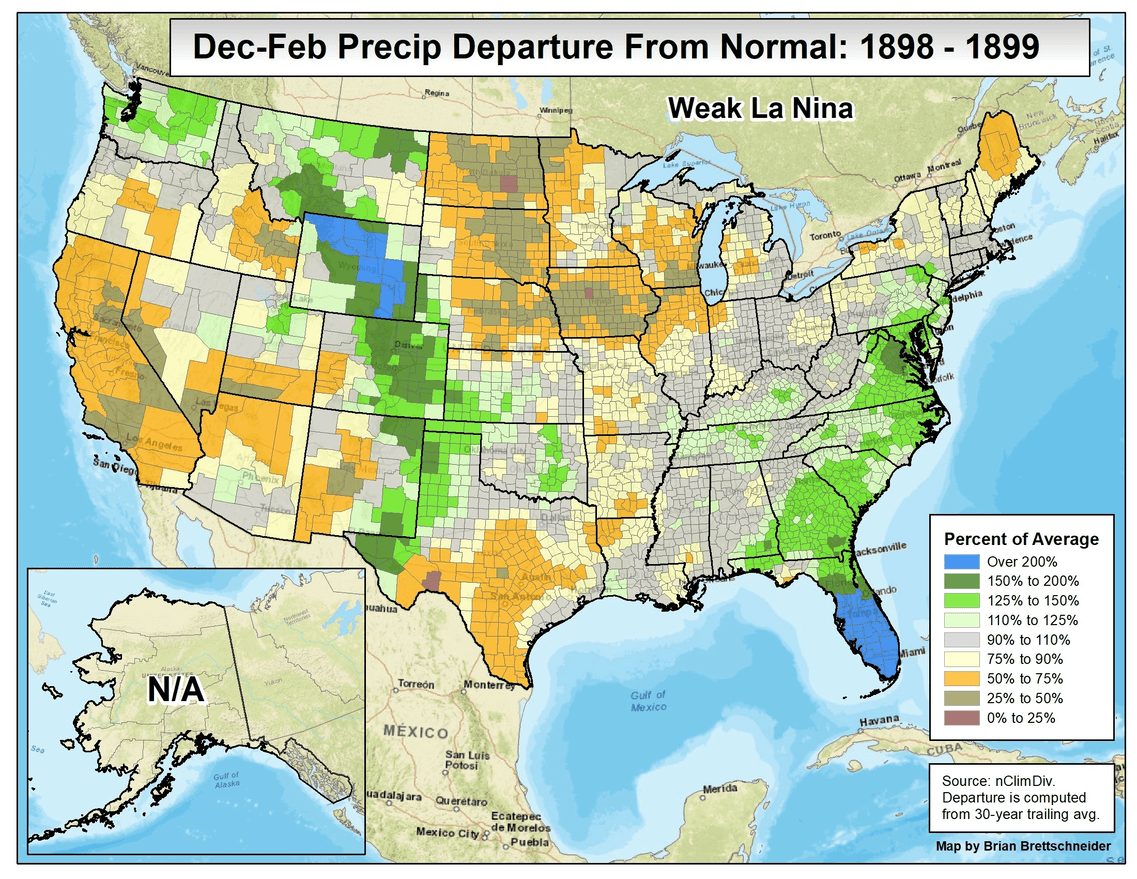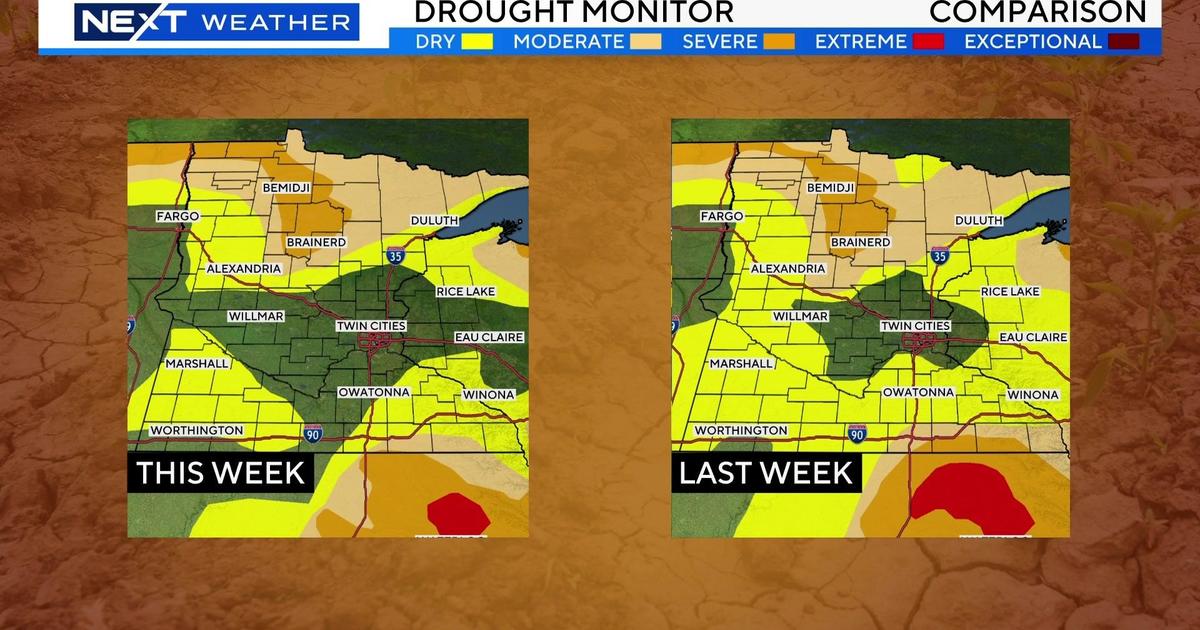NOAA's Winter Outlook Is An 'Equal Chances' One For Minnesota, So What's That Mean?
MINNEAPOLIS (WCCO) -- The National Oceanic and Atmospheric Administration has updated its winter outlook for the U.S., covering the months of December, January, and February. In it, Minnesota and Wisconsin are forecast to have "equal chances" for above-, near-, and below-normal temperature and precipitation.
So what does that mean? WCCO director of meteorology Mike Augustyniak explains the global weather pattern behind the weather forecast, and what we can learn from prior winters.
The winter forecast is classic La Niña, where below-average ocean temperatures in the eastern Pacific, near the Equator, cause the jet stream to weaken and move northward over North America.
Impacts cascade across the U.S., slamming the Pacific Northwest and northern Plains with cold and/or wet conditions, making the south warm and dry and ... doing nothing in our region? Not exactly.
NOAA's outlook for "equal chances" of above-, near-, and below-normal temperatures and precipitation is not a forecast for average weather. In fact, with the polar jet stream so close to Minnesota in a typical La Niña winter, the odds of a more extreme winter -- one way or another -- are slightly higher. We just don't know which extreme will prevail.
For example, last year was a La Niña winter that ended up milder than average, and pretty dry. Another La Niña winter, the winter of 2011-2012, was very warm and very dry.
But the winter before that, from 2010 to 2011, was also a La Niña winter, and one of the coldest and snowiest on record. Same pattern, totally different results.
This animation shows winter precipitation compared to average in recent weak/moderate La Niña winters. In it, green (wetter than average winters) and brown (drier than average) flip-flop.

Augustyniak shared a little "insider info" to share on Thursday's seemingly equal-chances forecast. When back-to-back La Niña winters occur, the second winter, which this year will be, is colder than normal more often than not, and wetter than normal more often than not.
As Augustyniak see it, that's the way odds tilt this winter.



